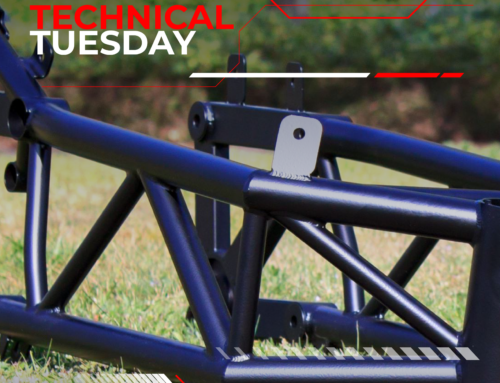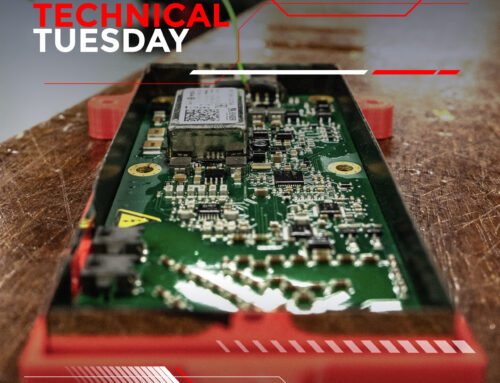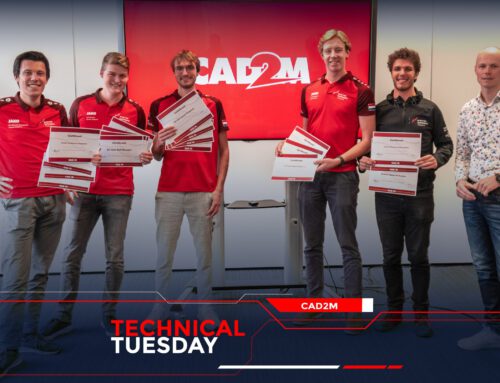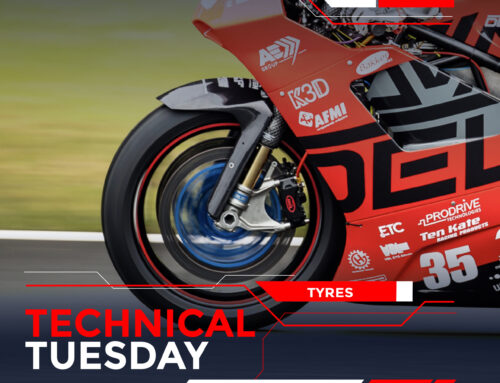Our electric superbikes differ in many ways from traditional fuel-powered motorcycles with the obvious change being the power delivery system, namely the electric motor and battery. It is not as simple as swapping the fuel tank and engine for a battery and electric motor. It also introduces many new components. One of these new components is the motor controller. It acts as a bridge between the battery and the electromotor, ensuring the power of the battery is correctly applied to the electromotor. The current from the battery is a direct current (DC), while the electromotor uses a 3-phase alternating current (AC). As a result, the battery power must be altered before it can be received by the electric motor. 
The motor controller contains a 3-phase power inverter, a circuitry designed to invert DC to AC power using a series of transistors. In the Deltas motor controller, the Cascadia PM 150 DZR, the transistors operate at a rapid pace, switching on and off at a rate of 12 000 Hz. It produces three alternating currents shaped like a sinusoid. The electric motor contains three pairs of coil windings, each of which corresponds to one of the currents coming out of the motor controller. This is part is the stator, the static part of the electric motor. By correctly applying the currents, a rotating magnetic field is produced by the stator. The rotor, the revolving part of the motor, will rotate together with the magnetic field as a result. This rotating motion is the power that comes out of the motor, which is subsequently fed into the gearbox and ultimately transmitted to the rear wheel.
The Cascadia is not simply an inverter. It contains many features which allow us to get as much power out of the motor as possible. Because track racing requires very different power delivery throughout corners and straights, the torque and speed the motor needs to supply is rather versatile. To get the best performance out of the motor, a control system is applied to the inverter. The control system calculates the currents and voltages it needs to supply to the motor to get the power the user desires. The Cascadia utilizes a feedforward control system using a lookup table. Essentially, a large table is constructed by evaluating the motor behaviour at various currents and torques. By finding the optimal currents for a certain torque value, we can ensure the superbike is as fast as possible.
We are currently constructing the lookup table on our dynamometer. Once it is finished, the motor controller is optimized to supply the ideal power on all ranges the motor is designed for. Subsequently, the Delta can have the maximum amount of power available in all stages of a hotlap.
– Bram Harbers





